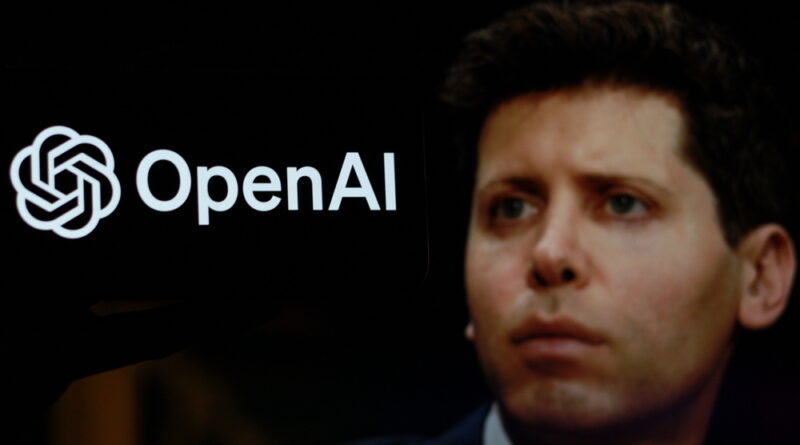OpenAI Urges U.S. Lawmakers to Ban Chinese Communist Party Aligned AI Models
In a move that has stirred both controversy and debate in Washington, OpenAI has called on U.S. lawmakers to spearhead a global ban on artificial intelligence models it deems “Chinese Communist Party aligned.” The plea comes in the wake of a recently published white paper that marks a notable pivot from the company’s earlier focus on innovation to a sharper political tone.
A Shift in Rhetoric
Once hailed as the pioneer behind transformative AI innovations, OpenAI finds itself grappling with growing competition and questions over its business model. While its ChatGPT and other models still command widespread attention, industry insiders note that the company’s groundbreaking splash appears to be fading. “OpenAI was once at the zenith of AI innovation, but with competitors like DeepSeek closing in, the pressure is on,” said one industry analyst.
The white paper, released last week, emphasizes that although America currently maintains a lead in AI technology, that lead is rapidly narrowing. “While America maintains a lead on AI today, DeepSeek shows that our lead is not wide and is narrowing,” the document states, urging an “AI Action Plan” that would ensure U.S. dominance in a field increasingly seen as critical to national security and economic prosperity.
DeepSeek: A Rising Challenger
DeepSeek, a Chinese AI firm, recently made headlines by unveiling a model comparable to ChatGPT—but at a fraction of the cost. Critics say that its success has laid bare the high-cost development strategy adopted by American companies. OpenAI’s white paper accuses the company of being aligned with the Chinese Communist Party, despite DeepSeek’s private ownership and backing by venture capital, and despite the absence of any direct government control.
“DeepSeek’s achievements have prompted a reassessment of how we approach AI innovation and pricing,” explained one market expert. “It’s no longer just about who builds the technology—it’s also about who can deploy it at scale.”
Political and Economic Underpinnings
OpenAI’s proposal is underscored by broader concerns over national security and the control of global digital infrastructure. The white paper contends that while China might be using AI as a tool to consolidate power domestically and project influence abroad, similar practices on the U.S. side—such as surveillance initiatives and private sector collaborations with the Pentagon—remain conspicuously unaddressed.
In January, then-President Donald Trump had heralded OpenAI as the cornerstone of a $500 billion AI infrastructure project, a move that had spurred significant investment and optimism within the tech community. Now, as the company pushes for stricter measures against foreign AI models, critics argue that OpenAI’s stance is tinged with a mix of political opportunism and an attempt to deflect attention from its own challenges.
Privacy, Power, and the Future of AI
Perhaps the most contentious aspect of the white paper is its call for relaxed personal privacy laws to facilitate continued data collection—a critical component of AI model training. “By asking lawmakers to loosen privacy restrictions, OpenAI is not only positioning itself as a defender of American AI leadership but also as a beneficiary of unfettered access to data,” noted a technology policy expert.
As the debate over AI governance intensifies, questions remain about the balance between national security, technological innovation, and individual privacy. While OpenAI’s proposal has sparked a spirited discussion among policymakers and industry veterans alike, it also serves as a reminder that in the rapidly evolving landscape of artificial intelligence, the lines between technological advancement, economic strategy, and geopolitical maneuvering are increasingly blurred.
For now, the onus falls on U.S. lawmakers to determine whether the call for a ban on “Chinese Communist Party aligned” AI models will translate into tangible policy measures—or if it will be remembered as yet another chapter in the ongoing saga of global AI rivalry.
Photo Credit: DepositPhotos.com

